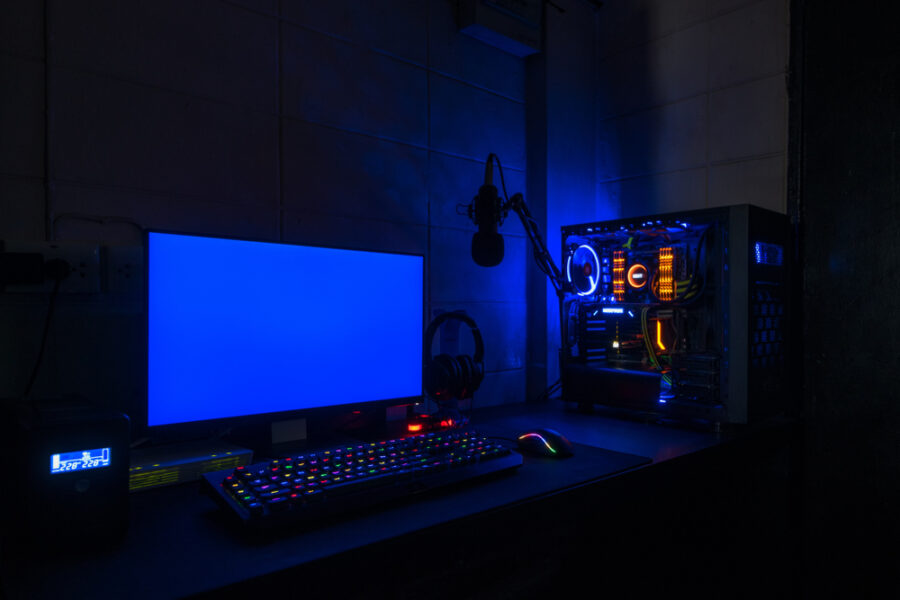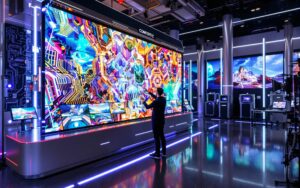Computers can be expensive, but with the right tools and some patience, you can build a powerful computer at an affordable cost. Building your own computer offers tremendous benefits – you can customize the parts to fit your needs, save money in the long run, and gain valuable knowledge about how computers work.
In this article, we’ll walk through the steps of building your own computer from scratch, so you can create a powerful machine tailored to your needs and budget. We’ll also discuss the different types of components you need, the cost of each part, and what operating system you should use.
What are the steps to building a computer?
There are several steps involved in building your own computer, and it’s important to familiarize yourself with them before you start. The steps are as follows:
- Understand Your Needs – Determine what you need from your computer and the type of components that are best suited for your needs. When it comes to PC building, it’s important to know what you want in order to get the best performance and value.
- Gather the Necessary Components – Once you know what components you need, start gathering them. You can purchase the parts from PC builders or online stores such as Amazon. Be sure to research each part to make sure it’s compatible with the rest of your PC.
- Assemble Your PC – After you have all the components, it’s time to assemble them into a functioning PC. This requires careful attention to detail and patience, as some parts require specific configurations in order for everything to work properly. Also remember to connect any additional components, such as the power supply and cooling fans.
- Install an Operating System – Once your PC is built, you’ll need to install an operating system, such as Windows or macOS. This will allow you to access the software applications you need for everyday tasks. You can find detailed instructions on how to do this online.
Now that you’re familiar with the steps involved in building your own computer from scratch, let’s take a look at the types of components you need to build one.
What are the components of a computer?
The basic components of a computer are the motherboard, CPU, RAM, and storage device. We’ll explain these components in more detail below:
- Motherboard – This is the main circuit board that contains all the other components. Different motherboards have different types of ports and connections, so make sure to get one that fits your needs. This usually costs around $100.
- CPU – This is the processor in your computer, and it’s responsible for running programs and applications. You’ll need to choose a CPU that fits your needs; if you’re looking for power and performance, you should get an Intel Core i7 or higher. The cost of a CPU can range from around $100 to upwards of $1,000.
- RAM – This is the memory your computer uses for storing data and instructions. You’ll need to choose a type of RAM that fits your needs; 8GB is generally a good starting point for most users. The cost of RAM can range from around $30 to $200.
- Storage Device – This is a device that stores all your data, such as pictures and documents. You’ll need to decide between an HDD (hard disk drive), which is slower but cheaper, or an SSD (solid state drive), which is faster but more expensive. The cost of storage devices can range from around $50 to upwards of $500.
These are the basic components needed for a computer, but there are many other parts you can add to make your computer more powerful or better suited for your needs. For example, if you’re a gamer, you may want to add a graphics card and processor cooling system. Or if you’re a music producer, you may want to add a sound card.
Once you have all your components, the next step is to install an operating system.
What are the operating systems available?
The most popular operating systems are Windows, macOS, and Linux. Each has its own strengths and weaknesses; for example, Windows is easy to use but less secure than other options, while Linux is highly customizable but may require more technical knowledge. Depending on your needs and budget, you may want to consider one of these options.



 The $100K Skill Nobody Taught You: Prompt Engineering Explained
The $100K Skill Nobody Taught You: Prompt Engineering Explained




